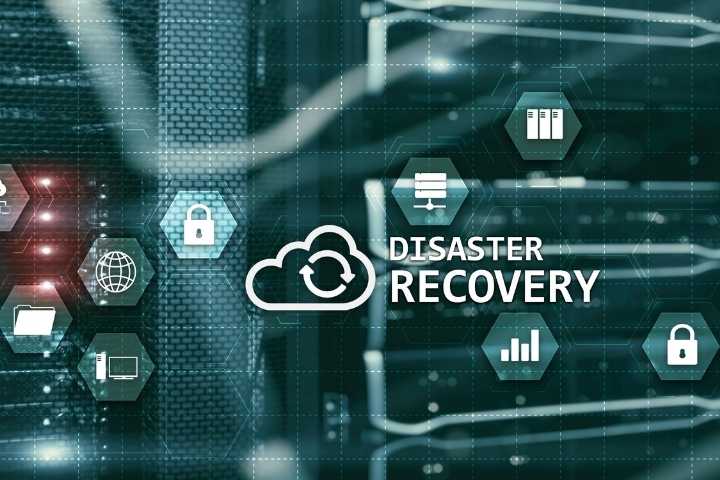In the classical approach to disaster recovery, the infrastructure is duplicated in a backup data center: a second data center is organized, which either completely duplicates the working one, or takes over the creation and storage of copies of data that is critical for business.
Instead of creating its backup site, the company can switch to Cloud DRaaS – cloud services for IT infrastructure and quick disaster recovery. The cloud provider provides disaster Recovery, in this case, as a service.
It is cheaper and easier than building a second IT infrastructure. Let’s compare Cloud DRaaS with the classic option – our own backup data center,
Organization
Backup data center: It’s hard to organize. The redundant infrastructure is idle most of the time. However, you need to purchase or rent equipment, configure, maintain, repair, and upgrade it. Maintenance personnel are required; it is essential to set up replications, switching domains, and DNS records so that the system will work in the event of an accident. It is not always possible to combine with the right platforms.
Cloud DRaaS: Implementing is simple. You can set up a cloud infrastructure using your specialists or order consulting from a provider. There is no need to maintain a backup system and hire personnel. Cloud solutions integrate with the most popular platforms; they can work with different hardware and applications.
Price
Backup data center: High price. Serious investments are needed to create and maintain a redundant infrastructure, power the data center, repair and replace equipment, pay for staff services, purchase licenses for servers and storage, and ensure security.
Cloud DRaaS: The cost depends on the company’s model; different solutions differ in price. However, cloud technologies are always cheaper than your own backup data center since you do not have to pay for computer rooms, maintenance, and engineers’ work. When hosting infrastructure in the cloud, the Pay-As-You-Go model is often used when the payment goes for the resources used – if the system is not used, the business pays less.
How To Protect IT Infrastructure From Disasters
- Leverage Disaster Recovery solutions to help ensure business continuity and avoid data loss.
- Find a balance between the costs of maintaining disaster recovery and the company’s losses in the event of a failure.
- Leverage cloud-based Disaster Recovery solutions that are easier to organize and less expensive than having a backup data center.
- Select the Cloud DRaaS cloud service following the allowable RTO/RPO values.








